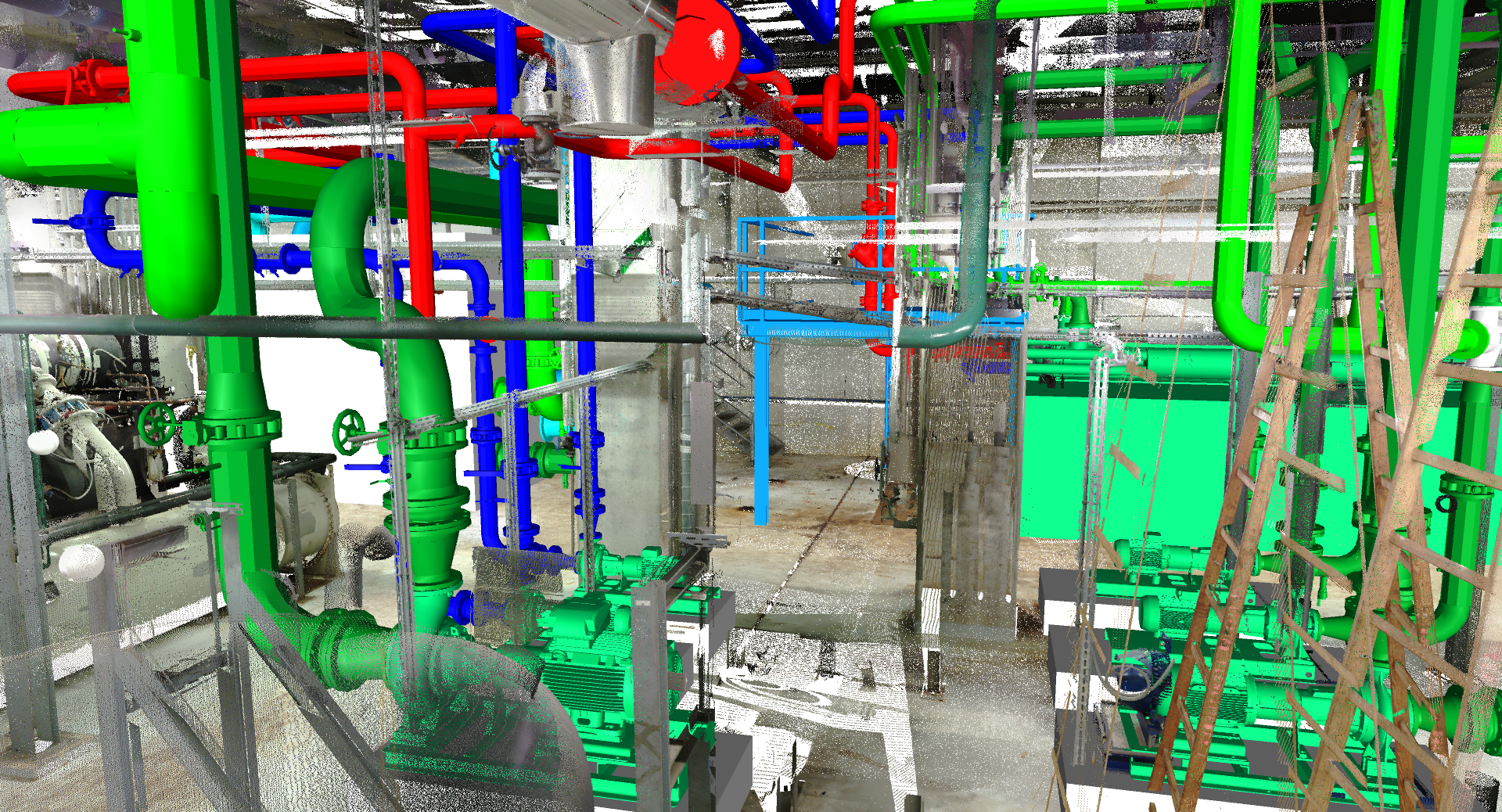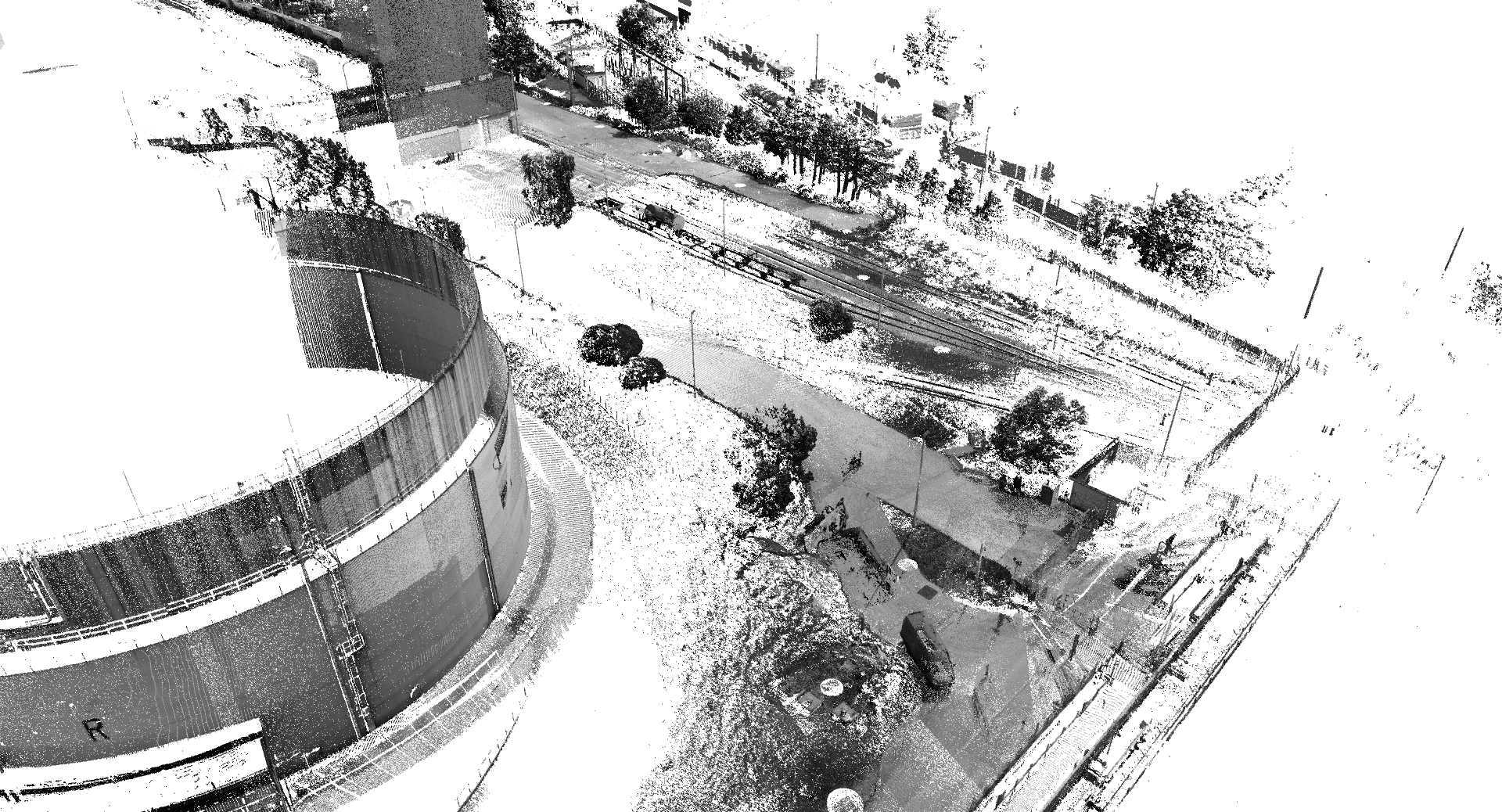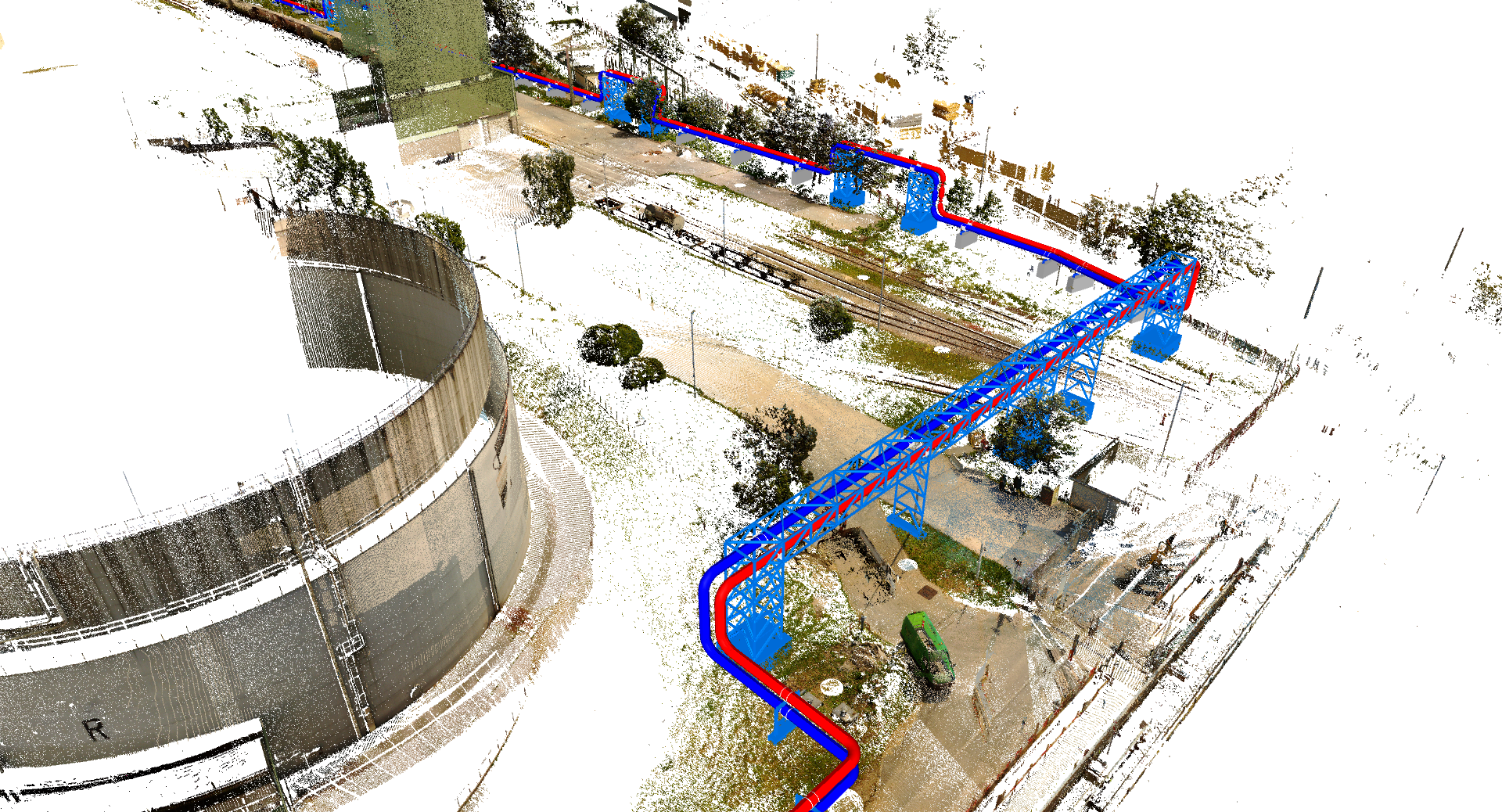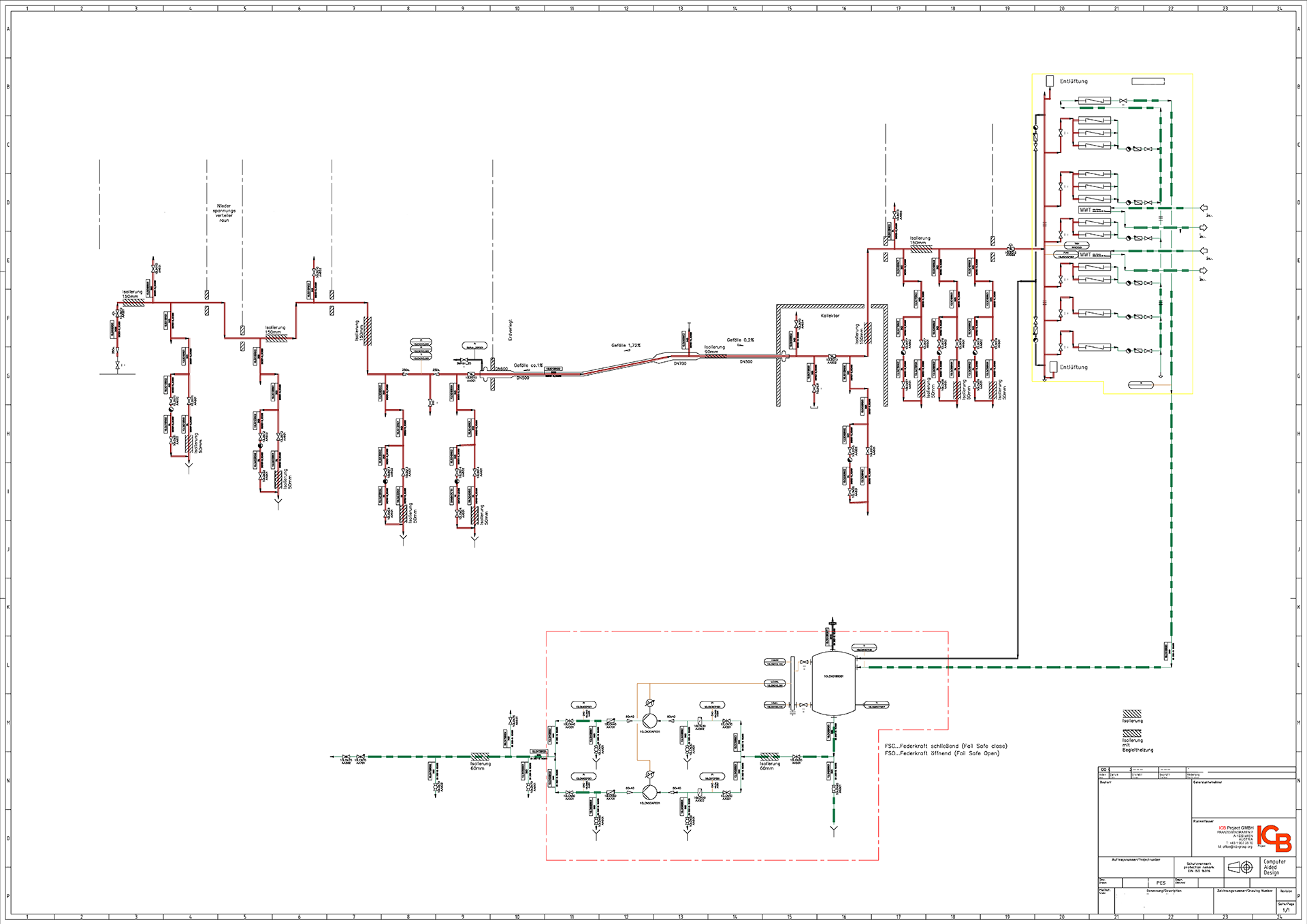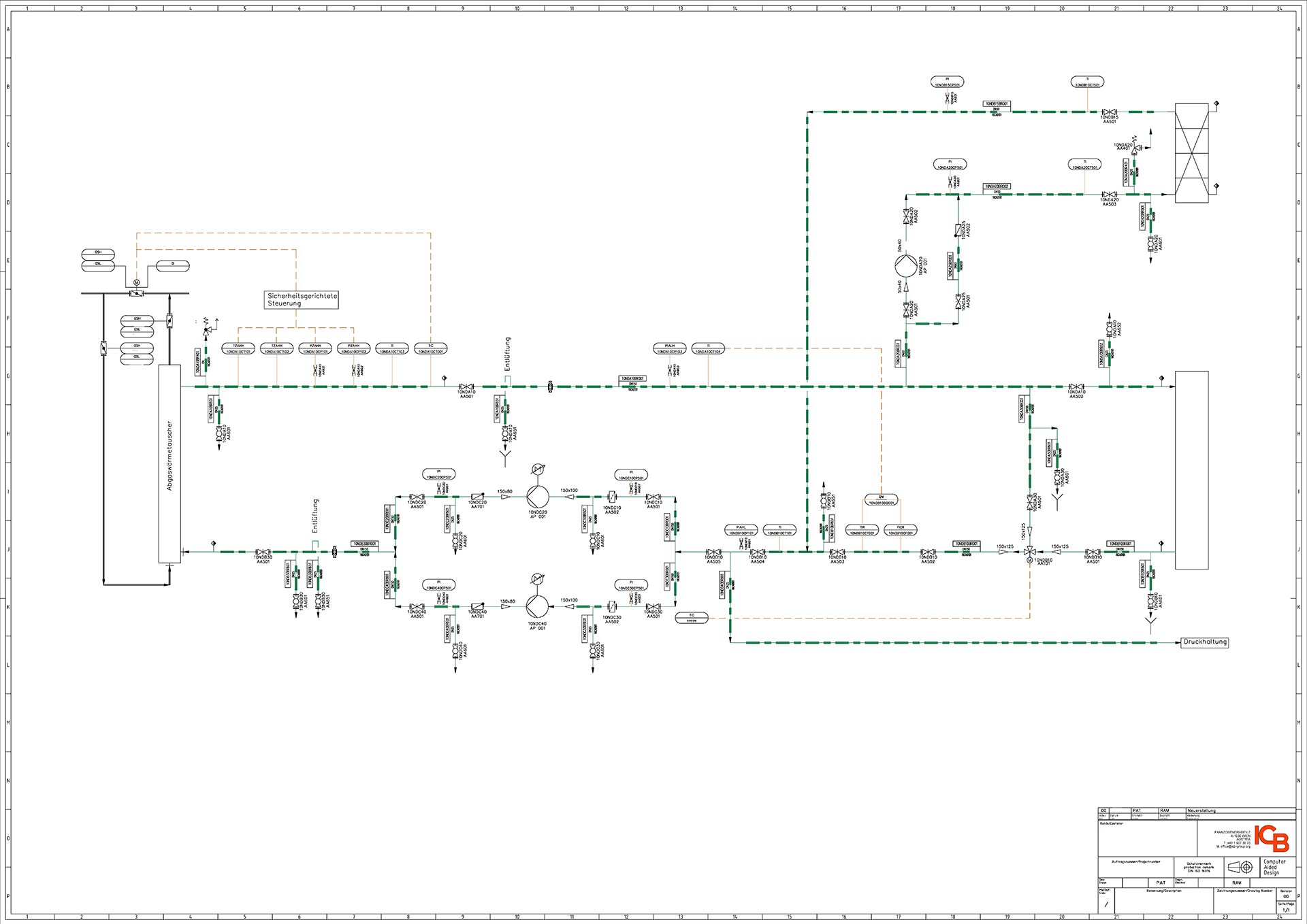Process Engineering in the Oil and Gas Industry: Sustainable Process Optimization and Environmental Protection
In the oil and gas industry, process engineering is crucial to ensure not only efficient but also sustainable processes. The focus here is on innovating new technologies to optimize processes, efficiently utilize waste heat, and eliminate pollutants from production.
Process Optimization for Higher Efficiency:
Our process engineers specialize in optimizing the entire value chain from extraction to processing. By utilizing state-of-the-art simulation tools, we analyze complex process workflows, identify bottlenecks and weaknesses, and develop tailored solutions to enhance overall efficiency. This not only enables cost savings but also reduces energy consumption and environmental impacts.
Utilization of Waste Heat and Process Waste:
Waste heat and process waste represent valuable resources. Our process engineers implement innovative heat recovery systems to extract waste heat from various processes and use it for heating, cooling, or energy generation. This not only reduces operating costs but also lessens the ecological footprint.
Pollutant Cleanup for Clean Production:
Environmental protection is at the core of our process engineering in the oil and gas industry. We implement advanced technologies for pollutant cleanup to minimize emissions and ensure compliance with increasingly stringent environmental regulations. From removing sulfur compounds to reducing CO2 emissions, we rely on innovative processes to enable sustainable and environmentally friendly production.
Key Technologies Include:



